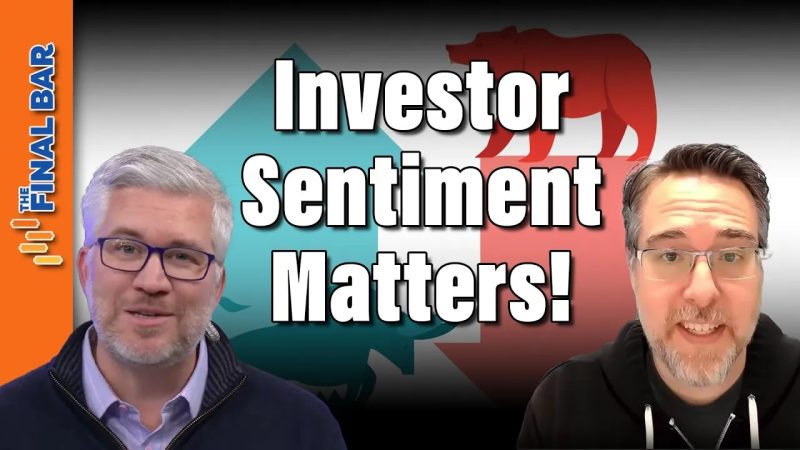Why the NAAIM Exposure Index Matters to Your Investments
The NAAIM (National Association of Active Investment Managers) Exposure Index is a key tool that investors can use to gauge market sentiment and make informed decisions regarding their investment portfolios. This index provides valuable insights into the positioning of actively managing investment advisors, shedding light on their level of bullishness or bearishness in the market.
Understanding the NAAIM Exposure Index
The NAAIM Exposure Index is calculated on a weekly basis and represents the average exposure level of active investment managers to the stock market. The range of the index varies from 0% (indicating maximum bearishness) to 100% (indicating maximum bullishness). By tracking the changing levels of exposure, investors can gain crucial insights into market sentiment and potential shifts in market direction.
Why Is It Important?
The NAAIM Exposure Index offers several key benefits for investors looking to navigate the complex world of financial markets:
1. Market Sentiment Indicator: As investing is influenced by both objective data and subjective interpretations, understanding market sentiment is crucial. The index serves as a reliable indicator of market sentiment and provides a snapshot of how active investment managers perceive the market’s potential.
2. Contrarian Investing: Many successful investors have profited by taking contrarian positions in markets. By monitoring the NAAIM Exposure Index, investors can potentially identify turning points in the market. When the index reaches extreme bullish or bearish levels, it can indicate a potential shift in market direction, allowing investors to adjust their strategies accordingly.
3. Risk Management: The NAAIM Exposure Index can serve as a risk management tool, helping investors assess the risk and reward of maintaining a particular investment portfolio. By keeping track of the index, investors can review their own exposure levels and make necessary adjustments to mitigate potential risks or capitalize on opportunities.
4. Performance Benchmark: Investors can also use the NAAIM Exposure Index as a benchmark for evaluating the performance of active investment managers. By comparing an investment manager’s exposure level against the index, investors can assess their ability to capture market trends and generate returns.
How to Use the NAAIM Exposure Index
As with any investment tool, it is important to use the NAAIM Exposure Index in conjunction with other research and analysis. Here are a few tips for effectively utilizing this index:
1. Tracking Trends: Rather than reacting to short-term fluctuations, focus on tracking the trends revealed by the index over a period of time. Look for sustained increases or decreases in exposure levels, which may indicate shifts in market sentiment.
2. Combining Indicators: Consider using the NAAIM Exposure Index in conjunction with other technical or fundamental indicators to validate your investment decisions. A combination of indicators can provide a more comprehensive view of the market.
3. Historical Analysis: Study the history of the index to identify patterns and correlations with market movements. This can help you develop a better understanding of how the index aligns with past market cycles and anticipate potential future movements.
4. Consult Professional Advice: Seek guidance from financial advisors or investment professionals who have expertise in interpreting the NAAIM Exposure Index. They can help you make more informed decisions based on their experience and knowledge.
Conclusion
The NAAIM Exposure Index is a valuable tool for investors seeking to gain insights into market sentiment and make informed decisions about their investment portfolios. By analyzing and interpreting this index, investors can potentially identify turning points in the market, manage risks, and benchmark investment managers’ performance. However, it is important to remember that the index should be used in conjunction with other research and analysis, as no single indicator can guarantee investment success.
